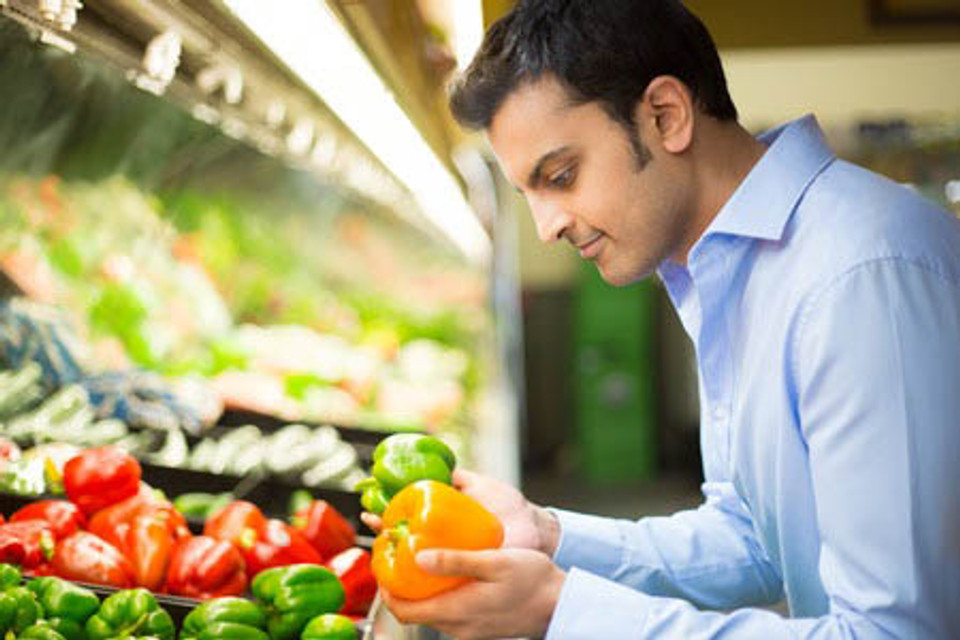Jan 23rd 2024
Local or Organic – Which to Choose?
Carnivore, herbivore or omnivore, it behooves us all to be locavores—people who buy food from local farms. Buying both local and organic is usually best the best option. This not only supports your health by consuming fresher food, it also supports your local economy and helps the environment.
Buying locally is often a bargain for both consumer and farmer. The consumer may pay less by eliminating middlemen, and the farmer gets a fair return. According to the Organic Consumers Association (OCA), using conventional channels farmers get only an average of 20 cents for every dollar spent on food. They do much better selling direct.
Local produce is fresher. Produce begins losing nutrient value within hours after it is harvested, and many vegetables and especially fruits are weeks and even months old before they reach outlets. Crops destined for shipping, especially fruit, are often picked before they’re ripe and never reach their maximum nutrient potential. According to one report, apples and apricots picked while half-ripe contained less than 1/3 of the vitamin C found in fully ripe fruit. During shipment, exposures to heat and light cause additional nutrient losses.
Imported produce will bring with it foreign microorganisms, which have plenty of time to multiply during transport. Our guts learn to deal with local microorganisms but may not deal well with exotic ones. These foreign microorganisms can cause outright disease or merely undermine our health. Packing salad greens and many other fruits and vegetables in large plastic containers and also in bags creates a hothouse for breeding bacteria and other harmful organisms.
Buying locally keeps money circulating in our own communities, strengthening local economies. It supports the environment by reducing the use of petroleum fuels. According to the OCA, the average food item travels roughly 1,400 miles from farm to fork. Energy-intensive industrial agriculture, wasteful packaging, and long-distance food transportation combine to produce about 20% of all green house gases. (See the OCA’s article for additional reasons to buy local AND organic.)
The Environmental Working Group offers guidance in buying conventional produce that is relatively safe from pesticide contamination. Recently they have said it was safe to buy the following non-organic: asparagus, avocado, blackberries, broccoli, cabbage, cantaloupe (domestic), cauliflower, cilantro, eggplant, garlic, ginger, grapefruit, honeydew melon, kiwi, mango, mushrooms, onion, pineapple, radish, sweet peas, sweet potatoes, tomatoes, watermelon.
They classified the following as OK to buy non-organic: bananas, cantaloupe (imported), grapes (domestic), green onions, lemons, limes, pumpkin, tangerine, winter squash.
But they say we should always buy organic when purchasing almonds, apples, basil, bell and hot peppers, blueberries, carrots, celery, cherries, cherry tomatoes, collard greens, corn, cucumbers, grapes (imported), green beans, kale, lettuce, nectarines, oranges, papaya, peaches, peanuts, pears, pecans, plums, potatoes, raspberries, rice, snap peas, soy, spinach, strawberries, summer squash and zucchini.
References
- Organic Consumers Association. Buy local, organic, and fair made: why we need to break the chains. Organicconsumers.org.
- Hornick SB. Factors affecting the nutritional quality of crops. American Journal of Alternative Agriculture. June 1992;7(Special Issue 1-2):63-68.
- Pirog R. Food, fuel and freeways. Leopold Center for Sustainable Agriculture, Iowa State University, June 2001.
 Fuel your life with the purest vitamins
Fuel your life with the purest vitamins
